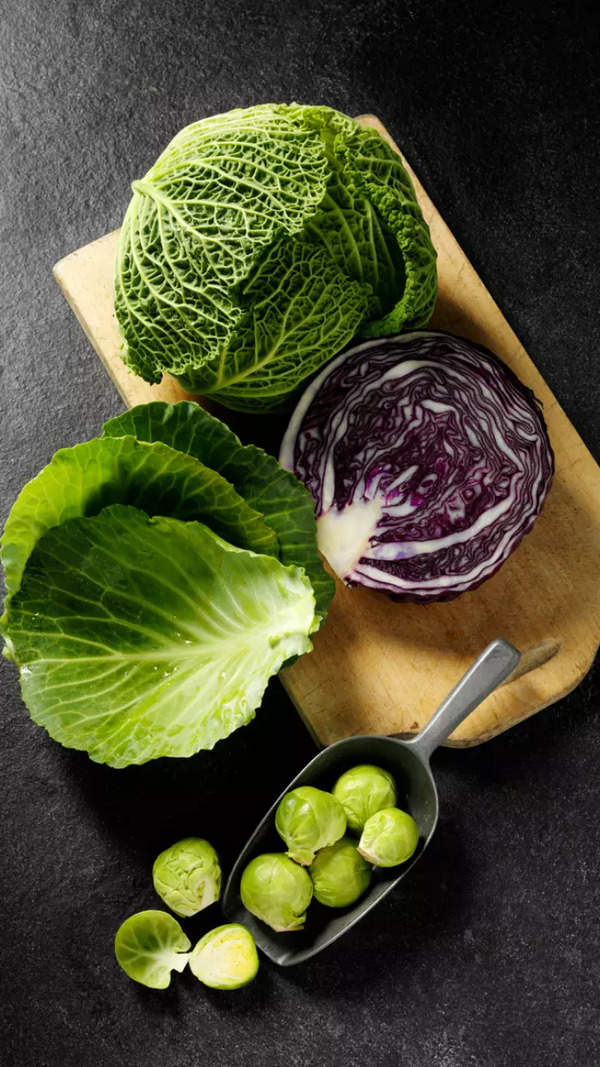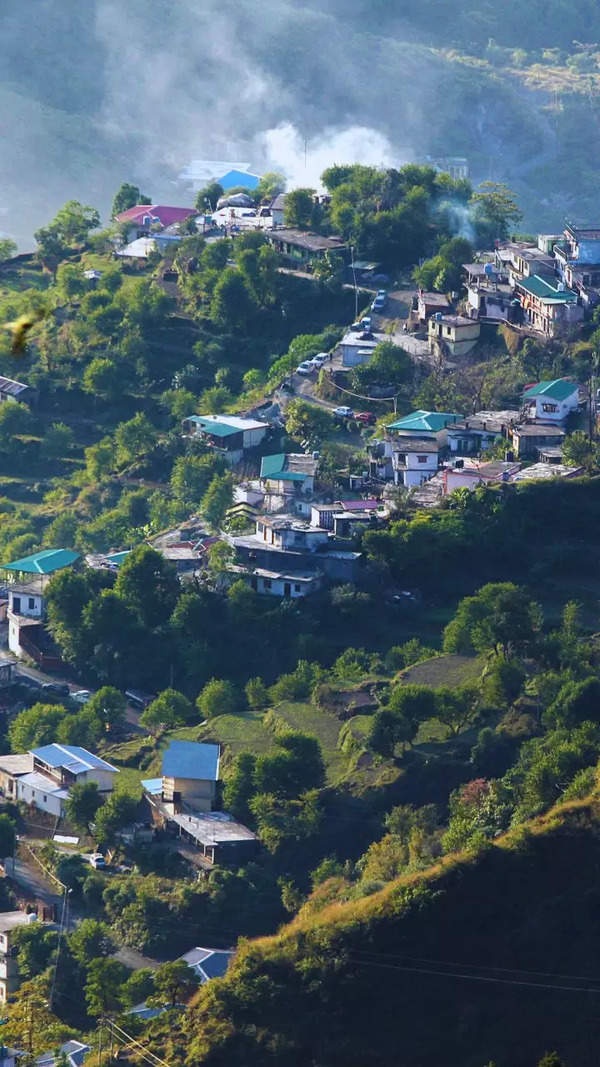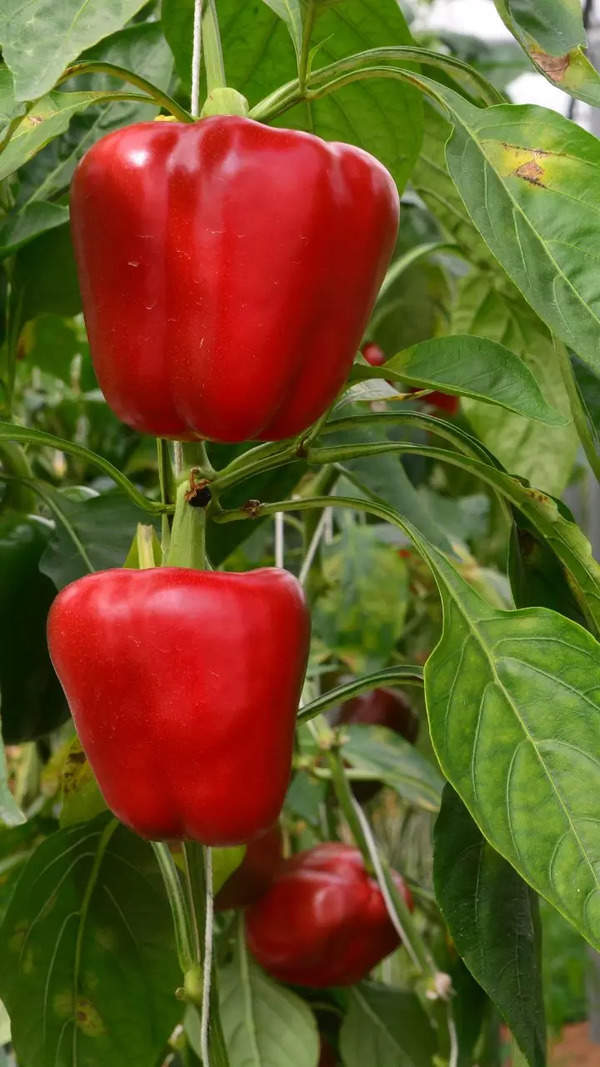Trending
Increasing per-hectare yield key to self-reliance in pulses, say experts
Pune: An increase in per-hectare production was crucial to achieving self-reliance in pulses, which Union finance minister Nirmala Sitharaman announced in the budget on Saturday, agriculture experts said.
Suraj Mandhare, state agriculture commissioner, said, "India produces around 766 kg of pulses per hectare, which is significantly lower than the global average of 1,015 kg."
The six-year mission, however, would ensure farmers got new varieties of seeds and assure procurement through Central agencies (NAFED and NCCF), he said.
Budget 2025 Updates
Sitharaman said the special focus would on three key widely consumed varieties — tur (pigeon pea), urad (black gram), and masoor (yellow lentils). The programme will see the development of climate-resilient seeds, remunerative prices for growers and post-harvest management as well as storage, according to the mission's key objective laid out in the budget.
Experts said India's pulse production had not kept pace with the demand, resulting in a rise in imports, especially from Myanmar, Australia, Russia, Canada and African countries.
"Therefore, we need to see this aspect critically and take measures to change this scenario. We aim to capitalise maximum on the announced initiative to make Maharashtra's production strong in the coming years," Mandhare said, adding the state is one of the leading producers of tur and urad in the country.
Shrikant Kurlekar, who has studied various market scenarios in the state, underlined the necessity to have market options for pulses. "Today's announcement is crucial as govt has specifically stated that agencies will procure pulses."
The rise in production would lead to fall in rates, he said, adding how govt would maintain stability in prices was going to decide the future of the mission.
"Tur was sold at Rs 200 per kg in 2016 because the production was low. However, next year, the prices nosedived. So govt needs to strike this balance. Only then growers will continue to cultivate pulses," Kurlekar said.
Though Maharashtra ranked among the top three in the country, its tur and urad production had been on the decline for the last two seasons, activists claimed.
"The main reason is the volatile market. In 2023, lack of rainfall was one of the factors behind the low sowing of these two pulses. Besides, farmers are disappointed with the price the crops have fetched in the last few years," Vijay Jawandhia, an agriculture activist from Vidarbha, said.
Kalyanrao Suryawanshi, a tur grower from Nanded district in Marathwada, said he grew the crop on five acres but the average prices had been between Rs 6,000 and Rs 7,000 per quintal over the past few years. "Income is negligible compared to other cash crops. Therefore, govt needs to provide lucrative rates to encourage farmers."
Pulses production in India increased from 16.3 million tonnes in 2015-16 to 24.5 million tonnes in 2023-24, but the demand also went up in the meantime, experts pointed out.
Get real-time updates on Budget 2025 and Income Tax Slabs on Times of India. Check out the latest income tax slabs FY 2025-26.
End of Article
FOLLOW US ON SOCIAL MEDIA





















